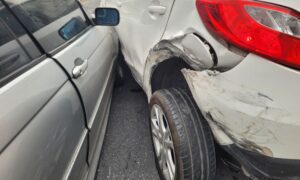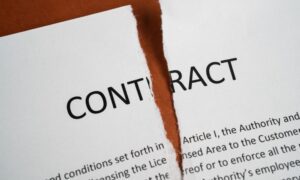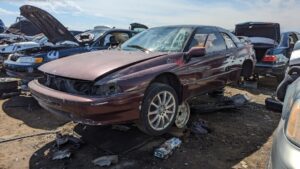Report warns of 'insurability crisis' as climate change takes hold

The Climate Council has released a report projecting more than half a million homes may not have insurance protection by the end of this decade, the result of political inaction on fossil fuels usage.
NSW and Queensland account for seven of the top 10 federal electorates listed in the report as most vulnerable to climate change-fuelled extreme weather events such as floods and bushfires.
Nicholls in Victoria heads the list, followed by Richmond (NSW), Maranoa (Queensland), Moncrieff (Queensland), Wright (Queensland), Brisbane (Queensland), Griffith (Queensland), Indi (Victoria), Page (NSW) and Hindmarsh (SA).
Some of the at-risk NSW and Queensland electorates include towns that bore the brunt of the February/March floods, including Lismore and Mullumbimby in NSW.
The report says insurers are raising premiums to cover the increased cost of claims and reinsurance as the threat of extreme weather events grows, with the risk set to worsen unless Canberra starts acting swiftly to phase out burning coal and other fossil fuels.
“Climate change is creating an insurability crisis in Australia due to worsening extreme weather and sky-rocketing insurance premiums,” the report, Uninsurable Nation: Australia’s Most Climate-Vulnerable Places, says.
Climate Council CEO Amanda McKenzie told insuranceNEWS.com.au this month’s federal election on May 21 is “absolutely make or break time” for the country.
“The term of the next parliament is going to be absolutely critical in whether or not Australia is participating in protecting ourselves and preparing ourselves for extreme weather,” she said. “There has just been an absolute abject failure of policy at the federal government level in the last eight years and so the next parliament needs to rectify that.”
She says the NSW/Queensland floods and 2019/20 Black Summer bushfires are a “massive red flag” for the country, given that they happened within two years of each other.
The NSW/Queensland event is now Australia’s most costly flood disaster, with insured losses of $3.35 billion, the Insurance Council of Australia (ICA) says.
ICA says although there are some locations with affordability and availability concerns, there is no area of Australia that is uninsurable at present.
“Insurance prices risk, and that means that for those in flood-prone or cyclone-prone locations cover can be costly,” the spokesman said.
ICA CEO Andrew Hall told ABC News the country needs to look at adaptation measures and mitigation investments to improve resilience and existing building standards.
“We do have a problem in this country that we have got to simply address and that is more money has to go upfront to protect homes rather than in the clean-up,” Mr Hall said.
See Analysis.
Click here for the report.





